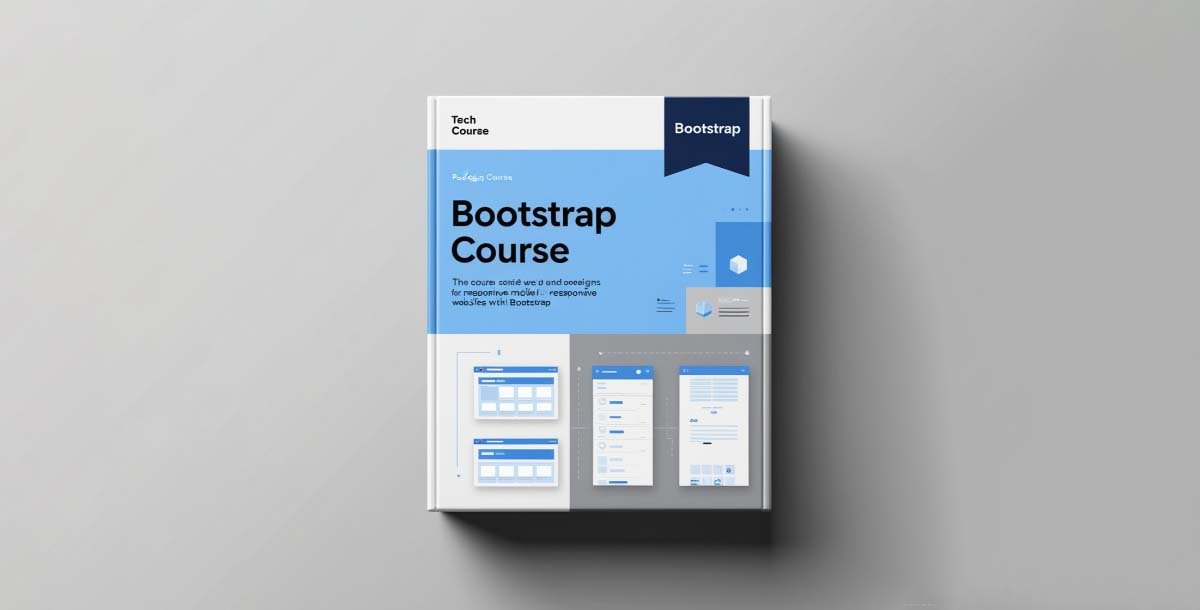
What is Bootstrap?
Bootstrap is a popular open-source front-end framework used to design responsive and mobile-first websites quickly and easily. It provides a collection of CSS and JavaScript tools, including ready-made components, grid systems, and utilities that help developers build consistent, flexible, and visually appealing web pages without starting from scratch.
Key Features of Bootstrap:
Responsive Grid System: Create layouts that automatically adjust to different screen sizes (desktops, tablets, mobiles)
Pre-designed Components: Buttons, forms, modals, navbars, alerts, carousels, and more
Customizable: Easily customize styles using Sass variables or override CSS
Cross-browser Compatibility: Works smoothly on all major browsers
JavaScript Plugins: Interactive components like dropdowns, tooltips, and popovers
Mobile-first Approach: Designed to provide optimal experience on smartphones first, then scale up
Why Use Bootstrap?
Speeds up development with ready-to-use components
Ensures consistency in design and user experience
Reduces the need to write custom CSS from scratch
Has strong community support and extensive documentation
Makes responsive design easier without deep CSS knowledge
Basic Concepts in Bootstrap:
Containers: To wrap content and center it on the page
Grid System: Divides the page into rows and columns for layout
Typography: Standardized fonts, headings, and text styles
Utilities: Helper classes for spacing, colors, display, alignment
Who Should Use Bootstrap?
Frontend developers wanting faster UI development
Beginners learning responsive web design
Designers who want to prototype quickly
Teams needing a consistent design system